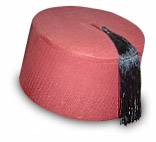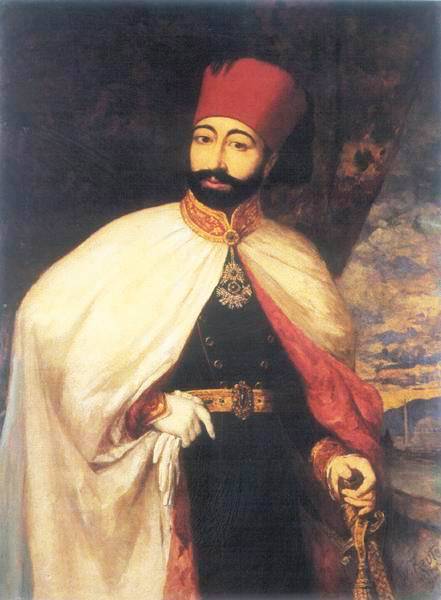Fez - History and Types of Fez Hat
The Fez is a particular hat with a tassel on the top of it, which was popularized during Ottoman period. On Arabic, Fez is called tarboosh. Usually, there are two types of this hat: one is in the shape of a truncated cone made of red felt, and the other type is a short cylinder made of kilim fabric.
Word "Fez" is the name of the main town of Morocco, Faas (after 1927, Fes isn't a capital city, but Rabat). History of Fez is complicated, and we see that from the fact that this hat was worn in the Middle East, Eastern Europe, and North Africa. It is unclear where were origins - some think of ancient Greece, the others at Balkan. It could be that Balkans saw Fez during the Byzantine reign as a part of the traditional clothing of Cyprus.
It is interesting that in 1826 the Ottomans adopted it as part of the military uniform as a try to accommodate to Europe (this will later become proof of modernity throughout the Near East), so they wore fez with a cloth wrapped around it. When in 1829 Sultan Mahmud II decided to ban wearing of the turban, fez became a part of the official Ottoman uniforms. It seems that fezzes were accepted wherever Ottoman Empire had influence. It is believed that Muslim accepted fez so easily because during their prayer they have to put their foreheads on the ground, and with the fez that was easier than with a headdress with a brim.
Types of Fez
There are two basic types of fez defined by its use:
- Military Fez (military use)
- International Fez (international use)
Many other types of fez can be defined by material and color used for manufacturing.
Fez is usually in red color with an ebony or black tassel. In history fabric for Fez was dyed with the berries of the kizziljiek plant to become scarlet. There's also a white and black version, though through history red fezzes were some norm in most contexts.
Today the meaning of wearing fez is different. In Turkey 1925 fezzes were even prohibited for some time (as Ottoman hat) during reforms after the revolution in that country. On the other hand, in South Asia, Fez was adopted due to its links with the Ottomans. In Morocco it is a national symbol of Morocco, so King of Morocco and his cabinet ministers wear it. Interesting, but after World War II, Fez has mostly become a part of parade uniform - because of Fez soldiers were during the war more visible to enemies, and it didn't protect from the sun either. In many countries is still part of national costumes.
During the 19th century, European (mostly English) men used to wore the fez for casual evenings, when they were relaxing. For them, fezzes were some kind of souvenirs and fashion items from the East. Because of that, even nowadays, Fez is something like a symbol, but a symbol of luxury and laziness or just relaxation. There is also society "Shriners", founded in the 1870s in New York, which members wear fezzes - they developed different versions of fezzes, so each one has their meaning. The Moose Legion, also fraternal organization, are known by wearing a purple fez. In the Middle East and North Africa, Fez is attributed for tourists, so hotel staff usually wears them.

